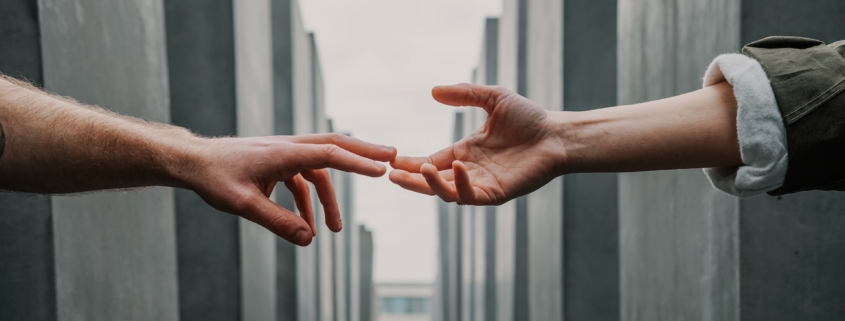Adult Attachment Styles
According to Attachment Theory, pioneered by John Bowlby and Mary Ainsworth, the kind of bond we had with our primary caregivers, starting from infancy, creates our attachment style.
If a parent is distant or unavailable, a child can become anxious about when or how they will get their needs met; they create strategies to constantly try to get attention or love.
If a child is raised in an environment with no boundaries, or a parent is constantly pressuring them to do more, they can learn to associate intimacy and connection with feeling overwhelmed; they respond by withdrawing.

Our attachment style stays with us into our adult lives and becomes most apparent in the context of relationships.
While it is possible to have a shift in attachment, oftentimes anxious and avoidant partners pair up. This leads to a bond that is tumultuous; there is a prevalent push/pull dynamic.
As you start to become familiar with the different styles of attachment, including your own tendencies, you can learn to navigate relationships with enhanced self-awareness about what your underlying needs are, how to find a partner that would work best for your attachment style, or how to work with a partner whose attachment needs may be different from yours.
Laurel Kuzins
Marriage and Family Therapist Trainee
Supervised by Adina Morguelan Ascher, MSW, PhD, LCSW 28900




